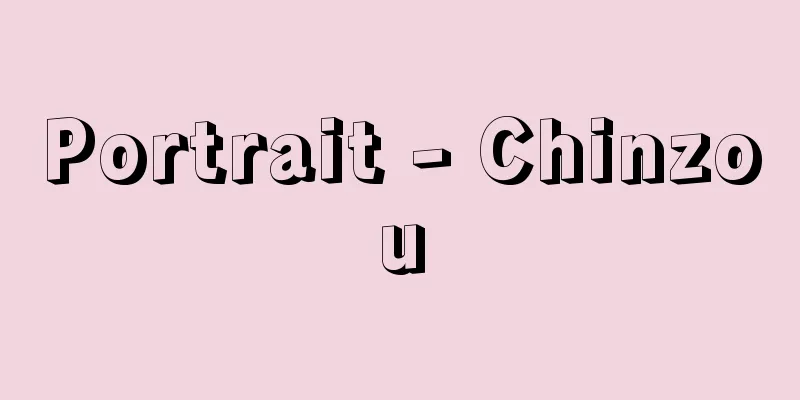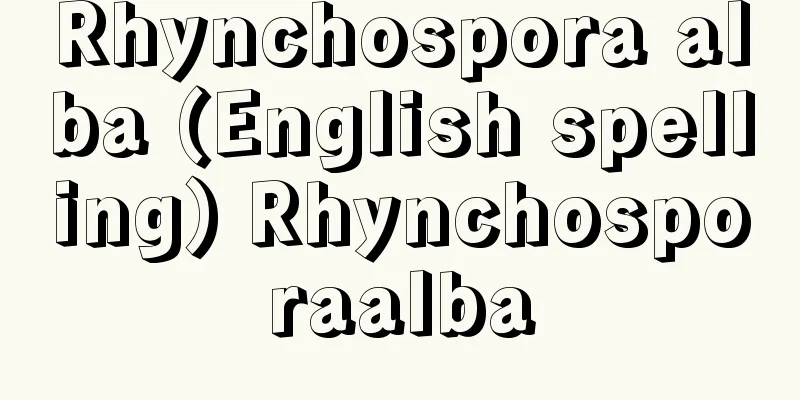Portrait - Chinzou

|
A portrait of a Zen monk. In Zen Buddhism, the teacher's portrait and Buddhist scriptures are given to students as proof of approval, since the teacher's succession is highly valued. This practice began on a grand scale in China during the Northern Song Dynasty, and was introduced to Japan and flourished during the Kamakura and Muromachi periods. As Zen Buddhism developed, many of these were painted in Zen temples, and they also influenced Japanese portraits. There is an old example of Dogen Zenji being given the portrait of Nyojo Zenji when he returned to Japan, and after that, Japanese-style portraits such as the "Portrait of Daito Kokushi" and the "Portrait of Muso Kokushi" by Muto Shui, which broke away from the influence of the Song style, were produced. There are two types of portraits: a full-body portrait of a monk wearing a kesa, holding a whisk, and sitting on a curved pedestal, and a half-body portrait of the upper body, and as a rule, the teacher's self-praise is written in ink at the top. After the Nanboku-cho period, even laypeople who had become monks were often painted in the portrait style, such as the "Portrait of Hojo Tokiyori." Source: Encyclopaedia Britannica Concise Encyclopedia About Encyclopaedia Britannica Concise Encyclopedia Information |
|
禅僧の肖像画。禅宗では,法の師資相承を重んじることから印可の証明として,師の肖像画と法語を弟子に与える。中国の北宋時代から盛大に行われ,日本にも伝来し鎌倉,室町時代に盛行した。禅宗の発展とともに禅林で多数描かれ,日本の肖像画にも影響を及ぼした。道元禅師が帰国の際に如浄禅師の頂相を付与された例が古く,以後宋風の影響を脱して『大燈国師像』,無等周位筆『夢窓国師像』など日本的肖像画も制作された。袈裟を着け,払子 (ほっす) を持ち,曲ろくに坐す姿を描いた全身像と上半身を描く半身像の2種類があり,上部に師の自賛が墨書されるのが原則。南北朝時代以後には俗人でも出家した者は,『北条時頼像』のように頂相形式で描かれることが盛んになった。
出典 ブリタニカ国際大百科事典 小項目事典ブリタニカ国際大百科事典 小項目事典について 情報 |
<<: Chin people - Chin (English spelling)
Recommend
Weber ratio (English spelling)
…EH Weber found that this ratio is almost constan...
Samivel
…Then André Herre and Eddy Legrand, who used hand...
Sozialdemokratische Arbeiterpartei (English notation) Sozialdemokratische Arbeiterpartei
…But even here the tendency for workers to become...
Onifutoi - Onifutoi
...As for the S. genus, even in China, the S. ser...
californite
…It was first discovered in the ejecta of Mt. Ves...
'ayyārūn (English spelling) ayyarun
…Under these social conditions, the 'ayyārūn,...
Avencebrol
…Jewish poet and philosopher, born in Malaga, And...
Oboros - Oboro
… Parthia, which gained independence from the Sel...
Ishiyamadera Temple
Ishiyama-dera Temple, Otsu City, Shiga Prefecture...
Buchner, H.
…German biochemist. He studied at universities in...
Kyoto University
A national university corporation. In 1897 (Meiji...
Chelonibia patula (English spelling) Chelonibia patula
…[Shigeo Gamou]. … *Some of the terminology that ...
Class 1 plywood
...Phenolic resin adhesives are mainly used. (2) ...
Gora Belukha (mountain)
It is a high mountain in the eastern part of the K...
ES Complex
…The catalytic reaction of an enzyme proceeds thr...









